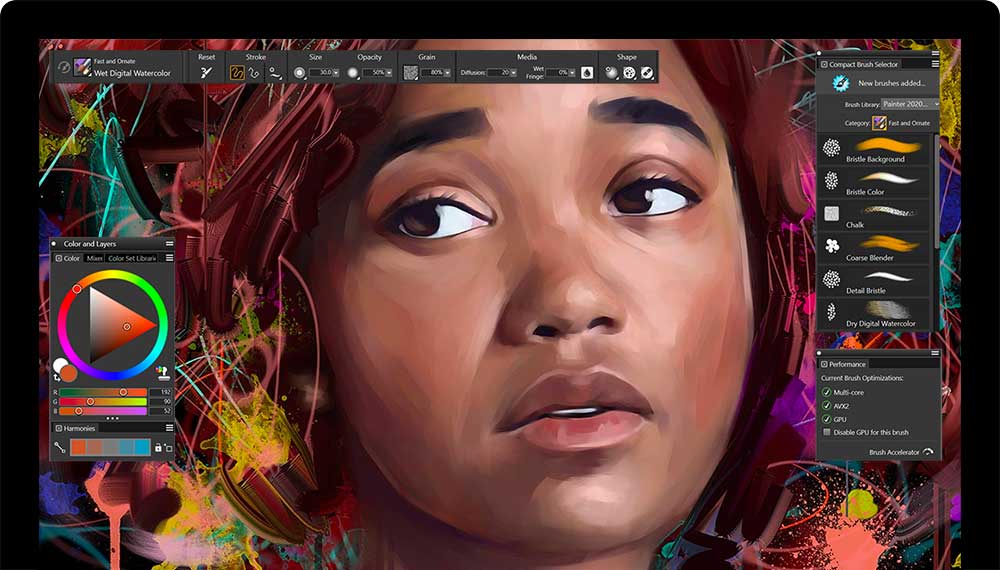

The number of onion skin layers determines the number of frames displayed in the Frame Stacks panel. You can also add or remove frames at a later time.įrom the Layers of Onion Skin options, choose the number of onion skin layers that you want.

In the Movie Settings area, type a value in the Number of Frames box. Many people work at sizes consistent with this aspect ratio. The standard digital video frame is 640 by 480 pixels, which is a 4:3 aspect ratio. In the Canvas Settings area, type values in the Width and Height boxes. Type a filename in the Movie Name text box.

In Corel Painter, movies are saved to the Painter Framestack file format (FRM), which stores a series of images equal in size and resolution. For more information, see Editing frame content. The Frame Stacks panel must stay open when you create or edit movies. You can play back the animation as you create it, to make sure that you have the correct flow of movement.

After you complete a frame, you can use the navigation tools in the Frame Stacks panel to display the next frame in the sequence, or whichever frame you want to work on next. Once you create a movie file, a blank frame appears in the document window so you can begin adding content by using brushes and other tools. For more information, see Using onion skinning. This will help you determine where the next frame of motion should be drawn. You can view up to five frames at a time: the current frame and four other frames adjacent to it. Onion skinning allows you to see multiple frames at the same time. You can also choose how many onion skin layers you want to display. You can specify options such as the number of frames and the frame size. The first step in creating a new animation is to create a movie. Then, when you complete a series of frames, also known as a frame stack, you can preview them as a movie. In Corel Painter, you can build animations one frame at a time.


 0 kommentar(er)
0 kommentar(er)
